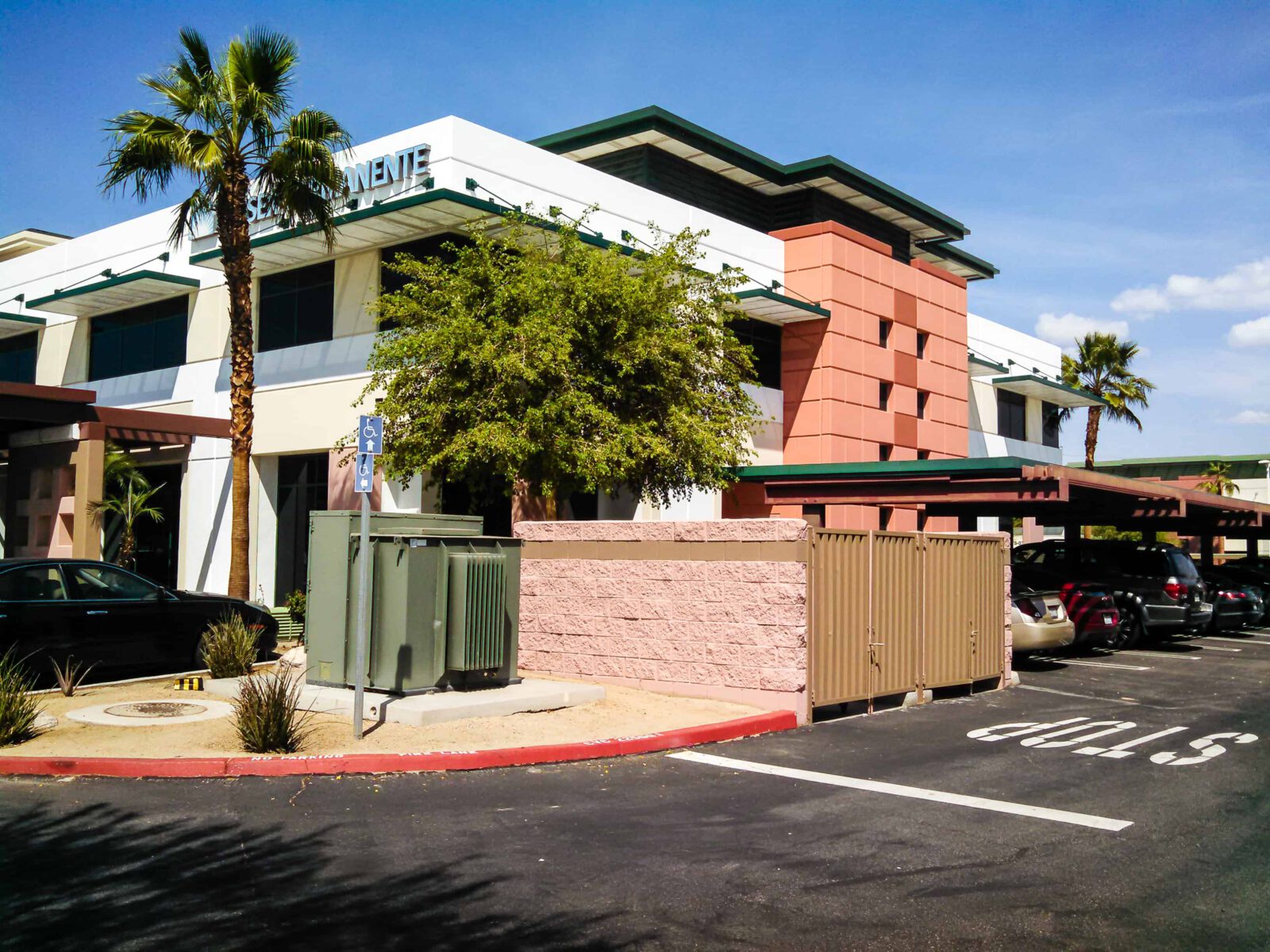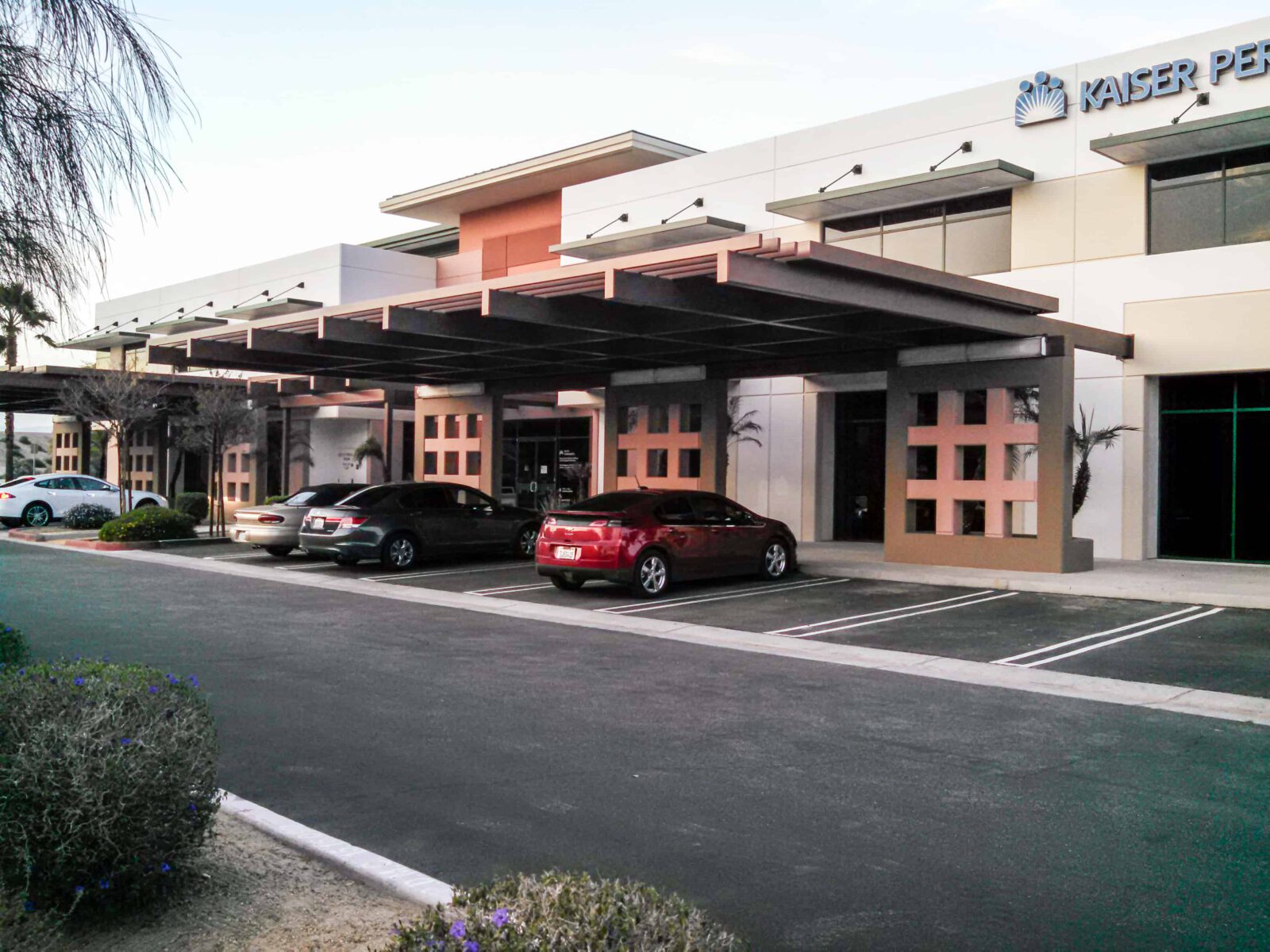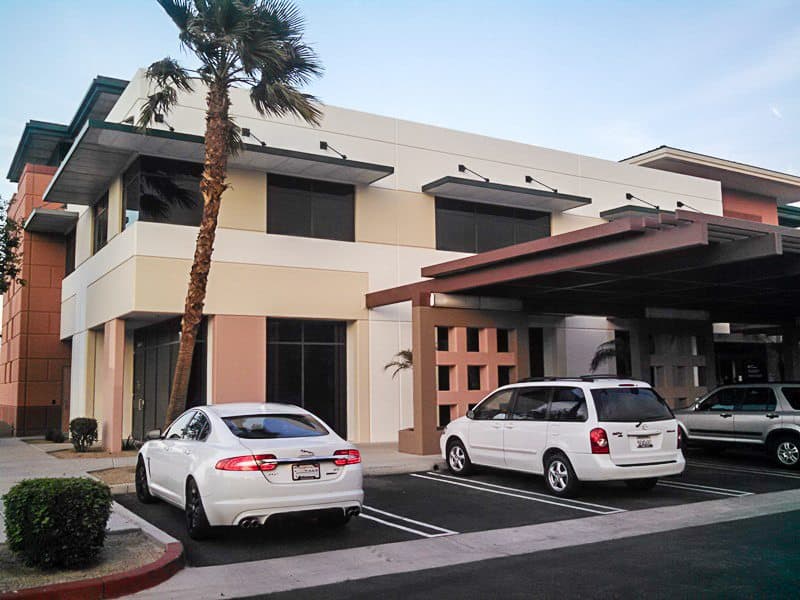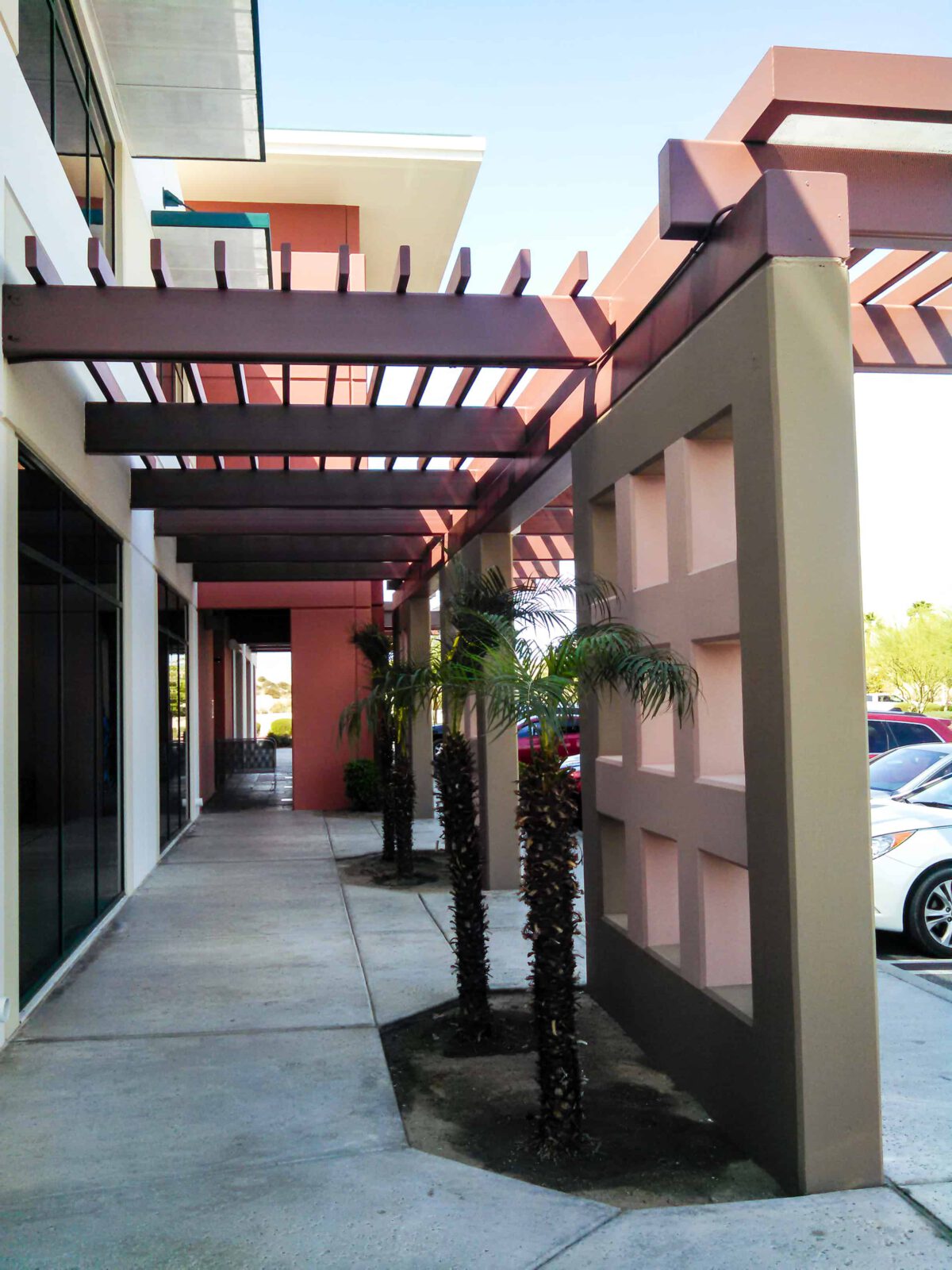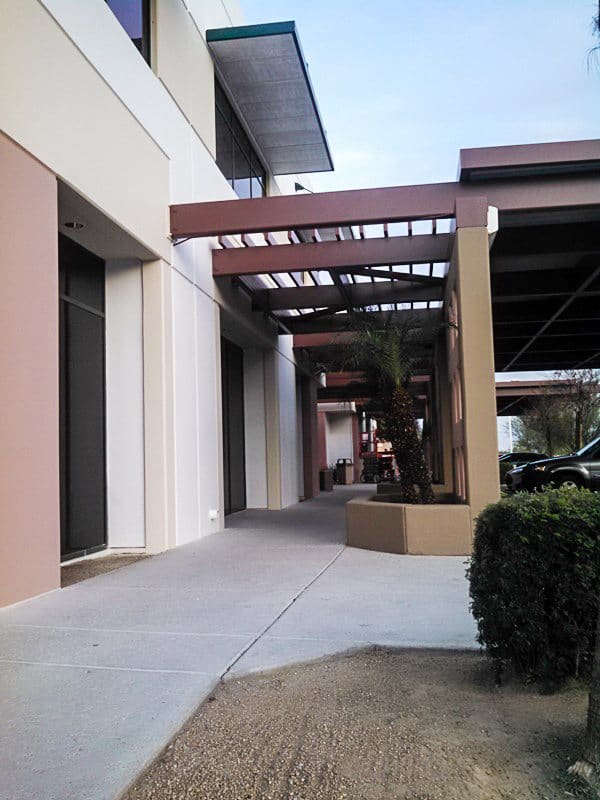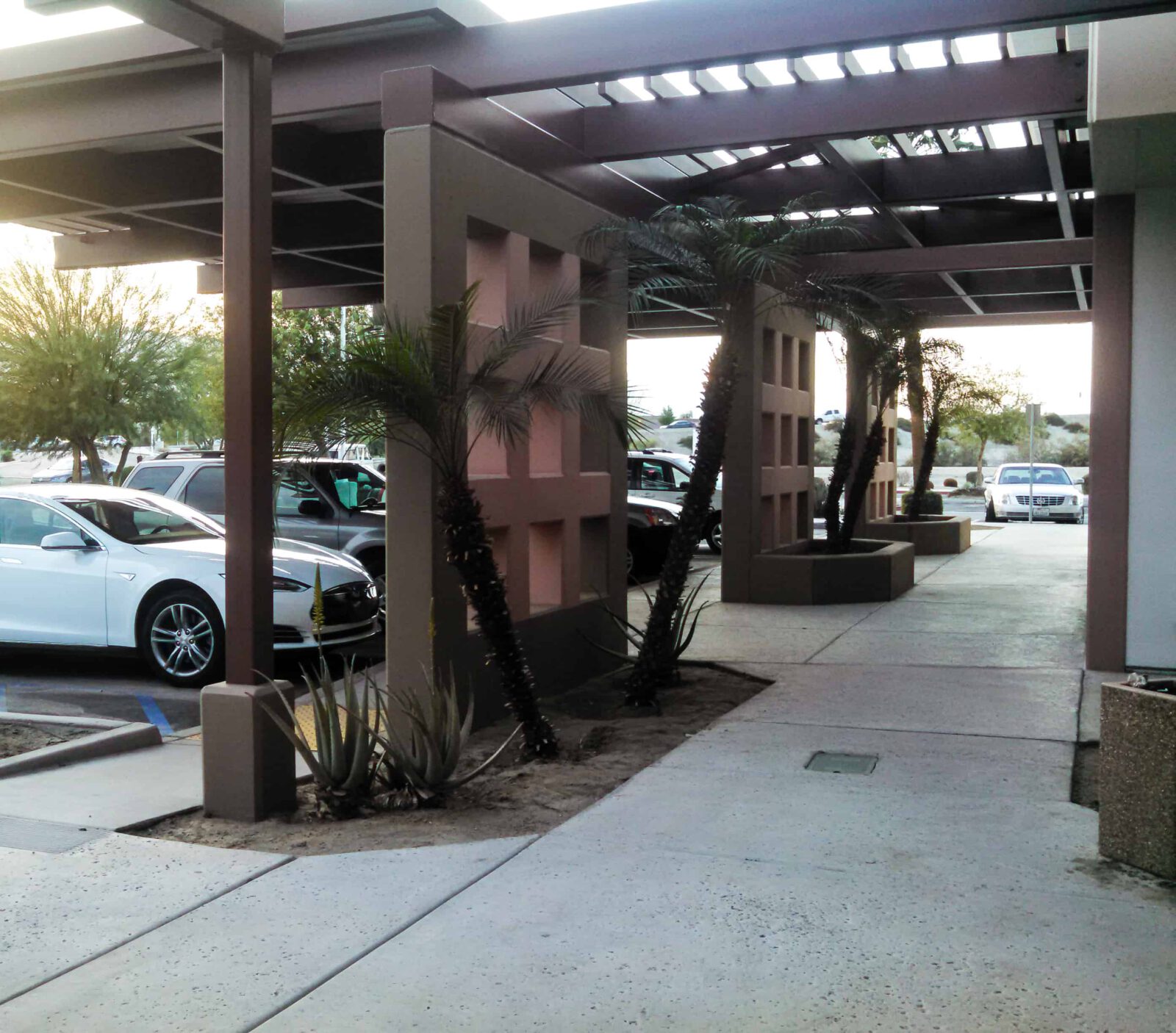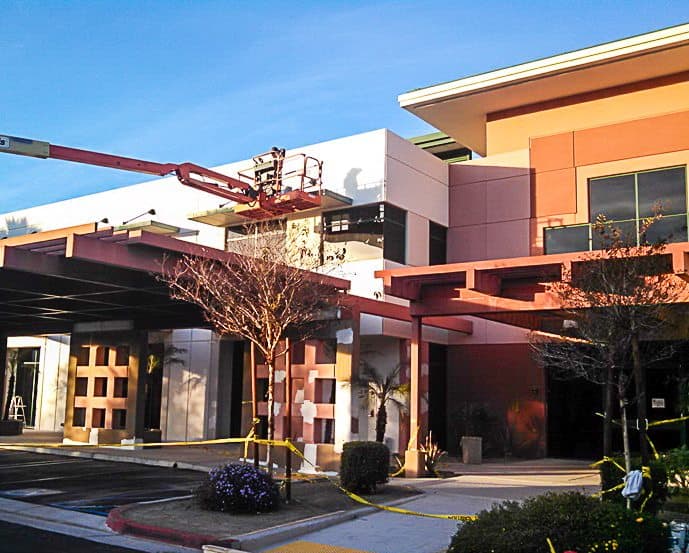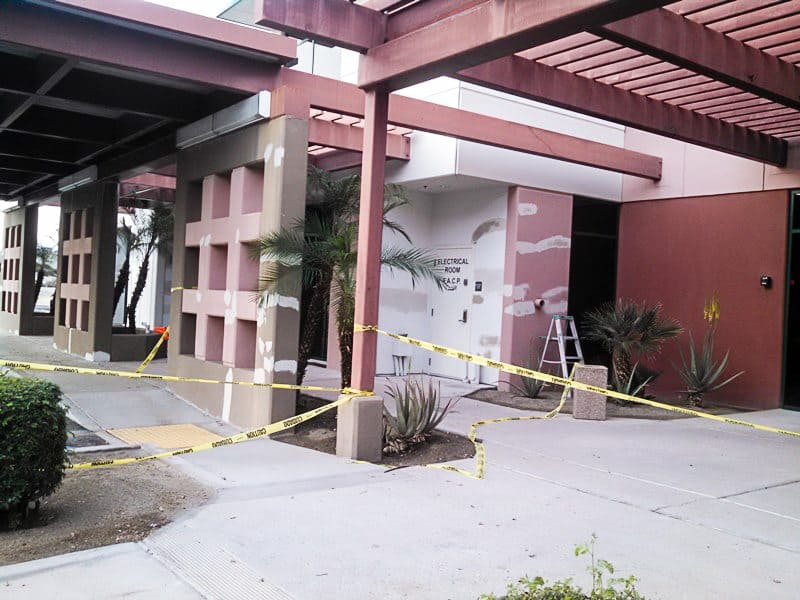Why Choose Raider Painting?
When it comes to school painting services, Raider Painting stands out as a leading school painting contractor. Our dedication to excellence, punctuality and customer satisfaction ensures that every project we undertake is completed to the highest standards. We understand the unique needs of educational facilities and tailor our services to meet those specific requirements.
Expertise and Experience
Raider Painting brings over 40 years of expertise to the table. Our team is well-versed in managing the complexities of school building painting tasks. We offer a comprehensive range of services, from a university painting service to school parking lot painting.
Scheduling Flexibility
Educational institutions present a unique set of challenges. Work must be performed around school schedules and constant student traffic to avoid interruptions. The experts at Raider Painting will work with you to set up a project schedule that uses evenings, weekends, holidays and vacation times.
Safety and Compliance
Safety is a top priority in any school environment. Raider Painting is committed to maintaining the highest safety standards on every project. Our team is trained in the latest safety protocols and adheres to all regulatory requirements. We ensure that our work practices always protect students, staff and visitors. Additionally, using environmentally friendly paints and materials minimizes the environmental impact and provides everyone with a safe and healthy space.
Customization and Personalization
Every educational institution has its unique character and requirements. At Raider Painting, we offer customized solutions to match your school’s specific needs and aesthetic preferences. Whether you need custom color schemes, unique design elements or particular types of coatings, our team will work closely with you to achieve the desired look and functionality. Our personalized approach ensures that your school’s identity is reflected in every aspect of our work.
Surface Preparation for a Seamless Finish
One key element in achieving a high-quality paint job is proper surface preparation. Raider Painting customizes the surface preparation process based on the existing substrate and the client’s desired results to ensure the surface is suitably prepared for the paint or coating being applied. This approach maximizes both longevity and visual appeal. Techniques used in surface prep include:
- Hand tooling
- Patching and filling cracks
- Floor leveling or sloping
- Diamond grinding
- Water, sand or shot blasting
Comprehensive School Painting Services
Raider Painting offers a wide range of school painting services tailored to meet the needs of educational institutions. Whether you’re looking to refresh the exterior of your school building or need specialized floor coatings for your gymnasium, we’ve got you covered.
Interior and Exterior Painting
Our school painting contractor services include both interior and exterior painting. We use high-quality paints and materials to ensure a long-lasting and durable finish that can withstand the wear and tear of daily school activities. Our team will deliver a fresh and vibrant look to your school’s interiors, whether it’s classrooms, hallways or administrative offices. For exteriors, we focus on enhancing curb appeal while protecting the elements.
Decorative and Specialty Floor Coatings
Schools have various spaces that require specialized coatings. Raider Painting provides decorative and specialty floor coatings that are functional and aesthetically pleasing. Our school floor coating solutions are designed to withstand heavy foot traffic and provide students and staff with a safe, slip-resistant surface.
Playground Painting Services
Playgrounds are essential for student recreation and development. As one of the leading playground painting companies, we offer comprehensive solutions, including playground floor painting for schools. Our team ensures that playground markings are bright, durable, and safe to create an engaging and fun environment for students.
Machinery and Equipment Painting
Educational institutions often house machinery and equipment. Raider Painting provides machinery and equipment painting services that enhance the appearance of these items and protect them from corrosion and wear. Our university painting contractor is skilled in handling complex equipment, ensuring a thorough and professional finish.
Roof Coatings
Protecting your school’s roof is crucial for maintaining the integrity of the building. Our roof coating services provide a protective layer that helps prevent leaks, extends the lifespan of the roof and improves energy efficiency. Raider Painting uses high-quality materials designed to withstand harsh weather conditions.
Parking Lot Striping
A well-maintained parking lot is essential for the safety and organization of school traffic. Raider Painting offers school parking lot painting services that include clear and durable striping. Our team ensures that parking spaces, crosswalks and directional arrows are marked to enhance the overall safety and efficiency of your school’s parking areas.
Graphic Art and Sign Painting
Visual communication is an essential aspect of any educational institution. Raider Painting provides graphic art and sign painting services that help enhance your school’s brand and communication. From murals and mascots to directional signs and safety markings, our team can create custom graphics that reflect your school’s identity and values.
Interior and Exterior Waterproofing
Moisture can cause significant damage to school buildings if not properly managed. Raider Painting offers interior and exterior waterproofing services that protect your school from water intrusion. Our solutions help prevent mold growth, structural damage and other moisture-related issues.
Commitment to Quality and Safety
At Raider Painting, quality and safety are our top priorities. Our school painting services are performed by highly trained professionals who adhere to strict safety standards. We use environmentally friendly paints and safe materials to minimize the environmental impact. Our commitment to quality ensures that every project is completed to your satisfaction, providing a durable and aesthetically pleasing finish.
Partner with Raider Painting Today
Choosing the right university painting contractor is essential for maintaining the appearance and functionality of your educational institution. Raider Painting’s extensive experience, commitment to quality and comprehensive range of services make us the ideal partner for your next painting project.
Contact us today to discuss your needs and get an estimate. Let Raider Painting help you create a vibrant, safe and welcoming environment for your students and staff.


